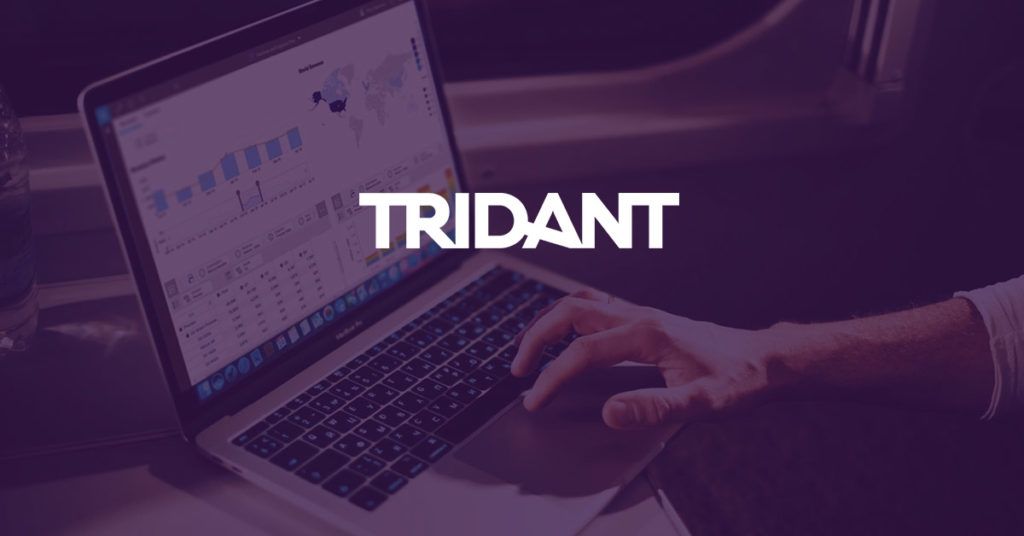
There has been a big build up to this event, from the beta versions, through to the announcements at IBM Insight 2015. One thing is for sure; this release is especially significant, as it represents the moment in time when IBM let go of the TM1 brand.
Personally, I don't mind that the TM1 name is dropping, but it’s a shame that the name now implies that IBM Planning Analytics is only for use in Planning. TM1 has been the most powerful and flexible modelling engine available in the market place for the last 20 years, and is used for hundreds of solution types across almost every industry vertical. It’s important to remember that IBM Planning Analytics is still "powered by TM1", and has the same level of modeling and flexibility to build a solution for any industry or Line of Business.
At Tridant we are big believers in Software as a Service (SaaS) and the benefits it can bring to businesses. In fact, Tridant was the first Business Partner to bring TM1 Cloud to Australia and Singapore. TM1 Cloud was effectively the 1st release of TM1 as a SaaS offering, where pricing was on a per user, per month basis. However, there were some key aspects of the offering missing that have now been addressed in Planning Analytics. Think of Planning Analytics as "TM1 Cloud 2.0".

As mentioned, a key aspect of SaaS is turning TM1 from a capex investment into opex, on a subscription per user, per month. The other big cost in any BI/Planning offering is the maintenance of the environment and the upgrades. Under a SaaS model, your environment and upgrades are all included in the price, so you no longer need to wait for the latest and greatest features. Sometimes organisations can hold concerns over data sovereignty, and need their data to remain within their country, which is where the IBM datacentres in Melbourne and Sydney can help.
IBM Planning Analytics will be available as part of IBM's "Bridge to Cloud" program. If you are an existing IBM Cognos TM1 customer on current IBM licensing and support, IBM will allow you to run your on premise TM1 in parallel to Planning Analytics. There will be a small uplift in your maintenance payment for that year, but it represents a great opportunity to discover the numerous benefits of adopting SaaS. If after the end of the 12 months you want to stay on premise with your TM1, then you can nominate to do that.
In part 2 of this blog, I will examine and discuss 7 key high level features of IBM Planning Analytics:
Copyright © Tridant Pty Ltd.